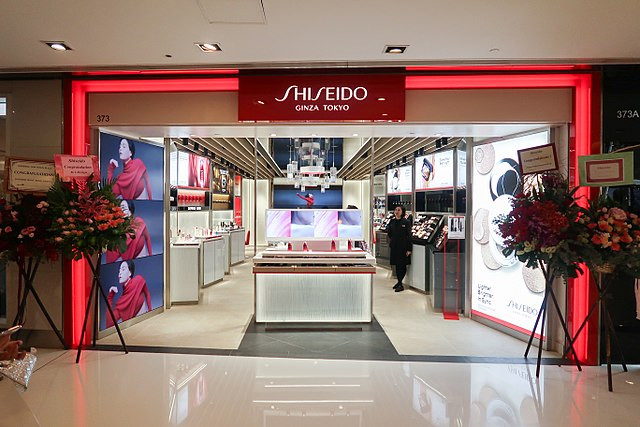The Shiseido Group, a leading Japanese beauty company, is facing tough times. On November 10, the group released its financial report for the first three quarters of 2023, revealing a significant downturn in its performance. Net sales fell by 5.3% to 722.4 billion yen (approximately 347.52 billion yuan) compared to the same period last year, with an 8.9% decrease when calculated at a constant exchange rate. Although core operating profit saw a slight increase of 1.6% to 36.8 billion yen, the overall picture remains challenging.
The third quarter was particularly difficult for Shiseido, with sales dropping by 15% to 228.2 billion yen and core operating profit plummeting by 53% to 8.8 billion yen. This marks the worst quarterly performance since 2021. In the Chinese market, Shiseido brand sales fell by over 20%, while Nars showed high single-digit growth and the high-end skincare brand CPB achieved a low double-digit growth of over 10%.
During a video conference following the release of the financial report, a spokesperson for the Shiseido Group mentioned that the announcement of wastewater discharge from Japan's Fukushima Daiichi Nuclear Power Plant in August had a negative impact on their performance. This led to the suspension of some KOL marketing activities and the cancellation of new product promotions. Additionally, a downturn in travel retail business further exacerbated the decline in performance.
Considering the performance over the first three quarters, the Chinese market has dropped to become Shiseido's second-largest global market, having been the largest in the first half of 2023. In response to these market changes, Shiseido has adjusted its full-year revenue forecast for 2023, expecting a 8.2% decrease in net sales to 980 billion yen and a 31.8% fall in core operating profit to 35 billion yen.
This situation is reflective of the broader state of Japanese beauty brands. Kao Corporation, the parent company of Curél and Freeplus, also reported a decline in its financial performance for the first three quarters of 2023. Sales decreased by 0.2% to 1.13 trillion yen, and pre-tax core operating profit fell by 8% to 70.8 billion yen. The third quarter, most affected by the nuclear wastewater incident, saw a 1.6% drop in sales to 387.4 billion yen.
In contrast, Procter & Gamble, with a more diverse brand portfolio, reported a 6% increase in net sales to $21.871 billion in the first quarter of its 2024 fiscal year. However, in the beauty segment, net sales grew by only 3%, underperforming the overall company growth. The skin and personal care division, including SK-II, saw only single-digit organic sales growth.
The performance of these companies is somewhat reflected in the sales during the Tmall Double 11 shopping event. According to the beauty industry media "Qing Yan," from October 24 to November 11, the highest-ranking Japanese beauty brand was SK-II at 11th place, followed by Shiseido at 14th and CPB at 21st. In 2022, SK-II was ranked 8th and Shiseido 10th.
The cooling of high-end beauty consumption in 2023 is another factor affecting the performance of Japanese beauty brands. Benefiting from the return of overseas consumption over the past three years, high-end beauty brands have shown strong resilience. Shiseido Group had previously sold ten mass-market brands, including Senka and Aqua Label, to focus more resources on high-end brands like Shiseido, CPB, and THE GINZA.
Japanese high-end beauty brands had been confident that Chinese tourists would continue to purchase their products in large quantities in Japan, as in the past. Shiseido launched a WeChat mini-program called "Kanbi Japan," in collaboration with the Japan National Tourism Organization, Hoshino Group, and Japan Airlines, to introduce Japanese travel and cultural information and attract Chinese tourists.
KOSé Group also planned to increase its focus on the Chinese market, adding new e-commerce platforms and strengthening its online channel competitiveness. Kao Corporation's high-end brand SENSAI opened a physical store in Shanghai. At least in the first half of 2023, these initiatives seemed to yield some positive results.
However, Japanese beauty brands now face greater challenges. Consumer concerns about product safety are likely to persist for a considerable time, and the absence of brand promotion and marketing during this period could further reduce their market presence. In the competitive Chinese beauty market, this is not a good sign.






